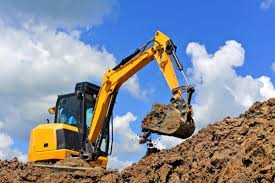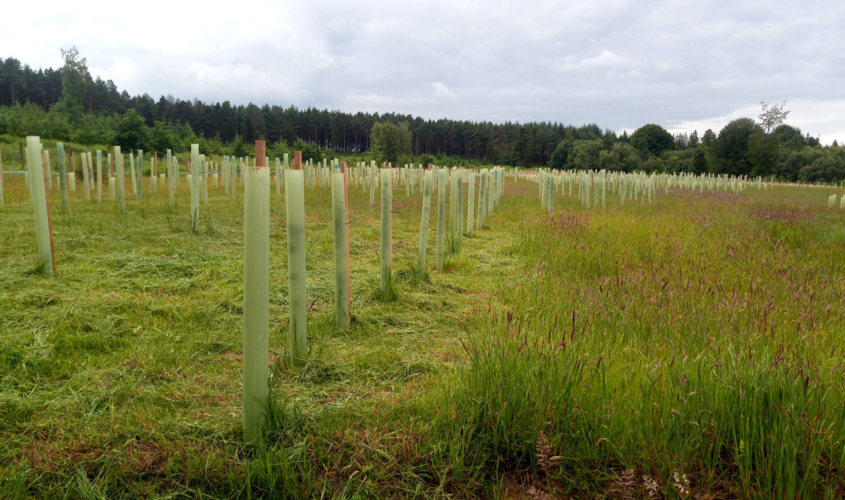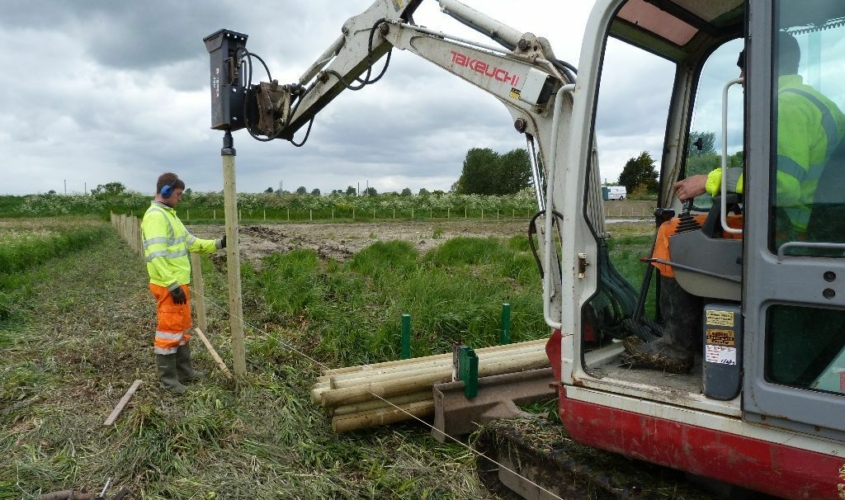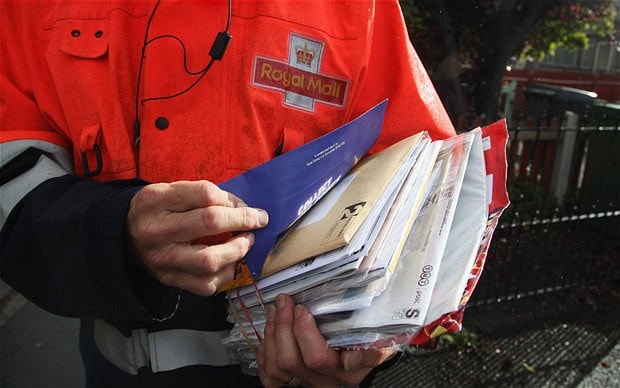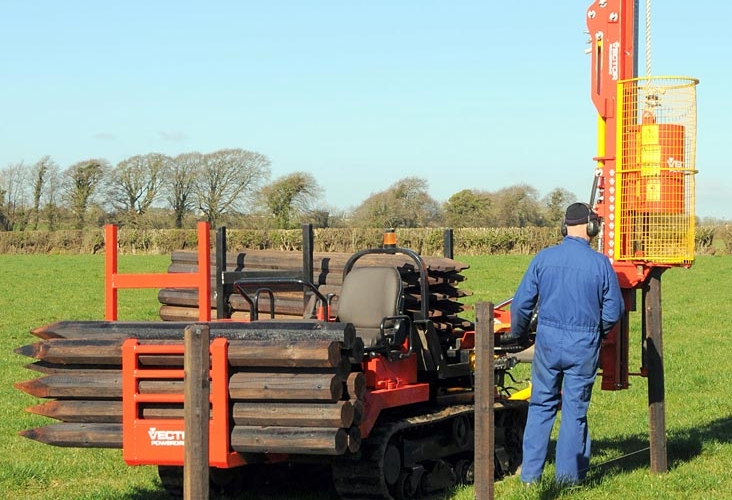Each year we write to the landowners and tenants along our pipeline network to remind them to not undertake any digging, excavation, fencing, ditching, mole ploughing or the installation of land drainage within 50m of the buried pipeline without prior authorisation from BPA.
We recognise that these activities are necessary, however for critical safety reasons landowners are required to liaise with us as the pipeline operator first. To assist landowners, we have a dedicated ‘Landowner Services’ team who are available to provide support and advice over the phone or visit the site to free of charge.
If you are looking to undertake works near to buried pipelines, BPA’s lands team ask that those who are looking to undertake any works within 50 metres of a buried BPA pipeline follow the following guidelines:
- Give a minimum of 7 days-notice before works begin. This will ensure we can fully support you with your proposed activities.
- Never assume you can go ahead unless consent is given. BPA’s team is on hand to support your work, however works should not begin until permission is granted
- Be aware that pipeline depths vary across the country and can often be found only a metre below the surface, they are also seldom protected with concrete slabs.
- Care should be taken when looking to clear ditches as the pipeline depths vary and may even not have protective cover in places
- Pipelines do not always run in straight lines between marker posts. Although posts are used to mark the location of a pipeline at a field boundary, not all pipelines run in straight lines between posts. BPA’s team is available to help mark out the exact location.
- Be aware that other infrastructure, such as cables, can be buried shallower than the pipeline. There are often other potentially hazardous or safety critical infrastructure buried along the pipeline lengths, these can be found at even shallower depth to the pipeline.
It is also the landowner’s responsibility to ensure that employees and contractors operating on their land comply with regulations as damage to pipelines can pose a significant risk to life, as well as potentially serious environmental damage if a product is released.
Landowners who do not comply with the requirements could also be prosecuted by the HSE as Regulation 15 of the Pipelines Safety Regulations Act states: “No person shall cause such damage to a pipeline as may give rise to dangers to persons”. It is the landowner’s responsibility to ensure that employees, contractors and others operating on their land comply with regulations.
As well as potential prosecution, damage to the pipeline could lead to environmental harm through serious pollution of soil, water, and the atmosphere, which is likely to lead to prosecution by the Environment Agency. The cost of repair and subsequent clean-up is likely to exceed £1m.
To support landowners needing to undertake works near to buried pipelines, BPA’s Landowner Services team is on hand and able to support landowners regarding any questions or queries that they may have. Our team is available 24/7 to offer advice and support landowners. Contact us via the website or call 0800 585 387.

